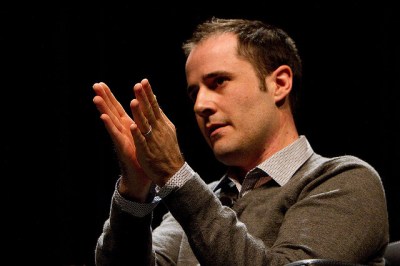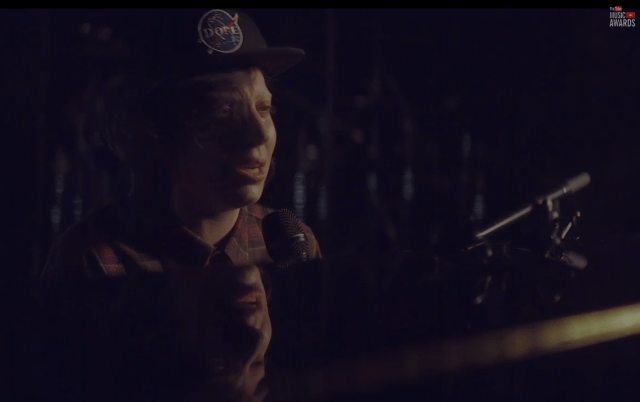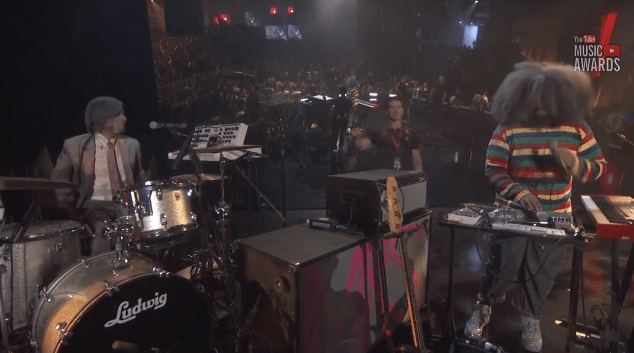
Helpouts, Google’s fusion of Google+ Hangouts, Google Wallet, and its identity tools is now live. A ‘Helpout’ is a Hangout-like video chat, but instead of speaking with a friend, you are connected to a purported expert in whatever it is that you need help with. The tagline that Google has come up with for Helpouts is “real help from real people in real time.”
Imagine a video chat session that you are paying for, that lasts for as little as a minute or two. You have an issue, say, what is this lump on my hand, or, how do I pull off a particular makeup trick, and have a quick chat with a person who can see what your problem is. And think broadly,
That’s the edge that Google thinks Helpouts has over every other content variety and service that helps you solve the situation you find yourself in. Today at its San Francisco offices, Google gave the media a look at the product, and proffered some hands-on time with its interface. The assembled tech press watched someone attempt to correct a drywall hole, apply lipstick in a particular way, and zest a lemon.
Platform
Google is fond of calling Helpouts a platform and telling you that its team is separate from the Hangouts group. So, while the services share the core video experience, they should be thought of as distinct.
Helpouts uses your Google+ identity, Wallets payment features, and Hangout’s video technology to service its marketplace of providers. To seed Helpouts, Google has assembled a collection of just a little more than a thousand brands, Sephora for instance, and individuals so that people can dig in from day one.
Helpouts will need far more providers — diversity of offering here is key, naturally. Google has to demonstrate that its offering is better than what currently exists and that it is worth paying for. It must expand its database of on-demand information providers so that it can take nearly any request – if Helpouts doesn’t manage that, it will be niche, and therefore far too hit-and-miss to be compelling.
Google is working on an API for Helpouts, though it remains unclear to what end, and how developers will be able to better integrate the service into the lives of providers.
Everyone Else
If you are a regular Twitter user, you have probably by now become accustomed to asking your followers questions. It’s a fast, easy way to generate feedback about anything that you can think of. However, your followers are only so deep – unless you are a celebrity, of course – and you can’t pay them for help, so the relationship is quite different.
Would you pay $2 per minute to quickly speak with a cooking guru about your under-construction dinner? You can run Helpouts from your phone, of course, or regular computer. So, you would have a device in your kitchen that you could use. If the answer to that is no, Helpouts isn’t likely something that you’ll find too attractive.
On its face, having a cadre of brilliant people on demand about anything is attractive. It’s getting there that is hard.
YouTube how-tos. Yahoo Answers. Facebook friends. Real friend over the phone and text. These are free, and constitute Helpout’s competition. Google understands the power of free, and pointed out today that some Helpouts will be provided at no cost.
That is, if a specific provider decides as much. Why might you Helpout for free? Perhaps you want to help someone learn Spanish. Or the brand you work for wants a larger digital presence. There are a few options that are simple to imagine.
However, the theoretical magic of Helpouts involves money. That’s because the really good people – the best chefs, or what have you – don’t like working for free. So, you’ll get what you pay for
Who gets to charge for their advice? A fine question.
The Face In The Screen
Google approves every provider. Naturally, that won’t scale. The company either isn’t sure of what it will do next to handle quality of the providers that propagate Helpouts, or it didn’t want to tell the media. It isn’t clear.
Google has two needs that are in direct tension: Lots of providers and very good providers. There is always less supply of a superior good, period. Helpouts need a quickly expanding provider base – therapists! bankers! computer help! gardeners! – while keeping its quality up, which won’t be easy.
Will these people sit around, waiting for someone to book their time or ask for help in real-time? No. The company instead envisions that people who can Helpout will leave it on in the background of their computer, and have it alert them when they are needed. Providers can also receive SMS messages and the like when they are away from their desks. If you don’t hear back as a user in under five minutes, the session is free.
Will It Work?
Helpouts is not a small undertaking. Google wants you to be able to Google far outside of the search box. Helpouts as a service is a tacit admission by the company that its prized search algorithms can’t replace humans seeingyour problems. The information is different. And you can’t feed the real world completely into a search engine. Or not yet, at least.
Video chatting remains a buggy experience. Google Hangouts and Skype are both less-than-excellent solutions. This becomes even harder when on the go, without Wi-Fi, which represents I think a large chunk of the provider and user side of Helpouts. Your car doesn’t break down in your living room, so when you need someone to talk you through your tire repair in the rain, your video bitrate won’t be too impressive.
I’m skeptical of Helpouts because it has so many moving parts, between moving people, looking for quick interactions. I don’t want you to tell me in five minutes if I burned the sauce. If I need a real-time answer, it has to work every time or I won’t come back.
Google has to find endless brilliant people to be providers, and keep their link strong enough to the service to be constantly available. You can book sessions, of course, at a price discount, but that’s different. A real Helpout is now, instantly, and based on video communication. You are never going to stand on a ladder and wait for someone to take their time to pop onto your phone to explain to you why you can’t roof worth a damn.
The Helpouts experiment is something of a question. Has Google perfected the experience to the point in which people will start paying for micro-video sessions? My gut says no.
The other side of that is simply that if Helpouts does work, it will be an incredible asset to life. And Google as a company is known for its brilliance, and not ignorance. But even the smartest companies can’t make everything work.
Finally, by allowing consumers to purchase less expert time at a time, say just 4 minutes as opposed to an hour-long session, Google could be limiting provider revenue by selling a more efficient system. That’s great for consumers, but could irk providers, if they see their ability to overcharge for a service that they could in the past shrink.
Tomorrow
Even if Helpouts doesn’t catch on, it is enjoyable to see Google assemble a new product out of its extant service line up. And, as we said, Google is not making small moves. But whatever happens in the end, we can still Google things. And so far that’s worked out pretty well.
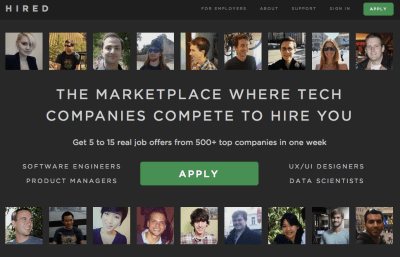
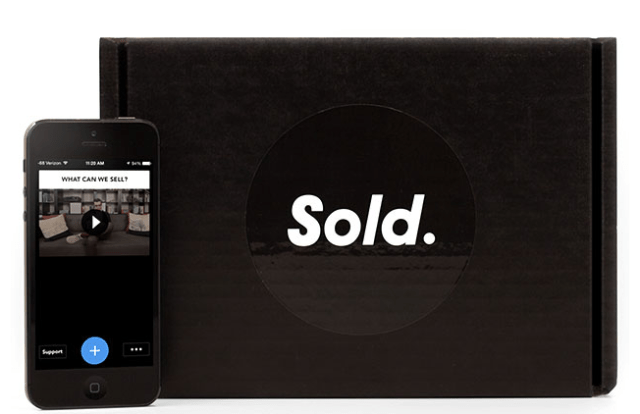

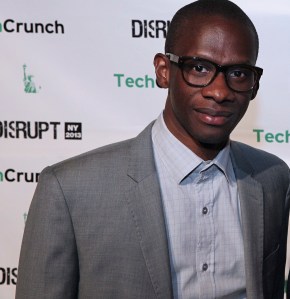 Regarding the split, The Hollywood Reporter…reports that “while sad, [Carter] feels ‘liberated’ to be relieved from duty.” With Lady Gaga’s new album ARTPOP coming out this month and her propensity for high-production tours, Carter’s duty would have been heavy this year.
Regarding the split, The Hollywood Reporter…reports that “while sad, [Carter] feels ‘liberated’ to be relieved from duty.” With Lady Gaga’s new album ARTPOP coming out this month and her propensity for high-production tours, Carter’s duty would have been heavy this year.

